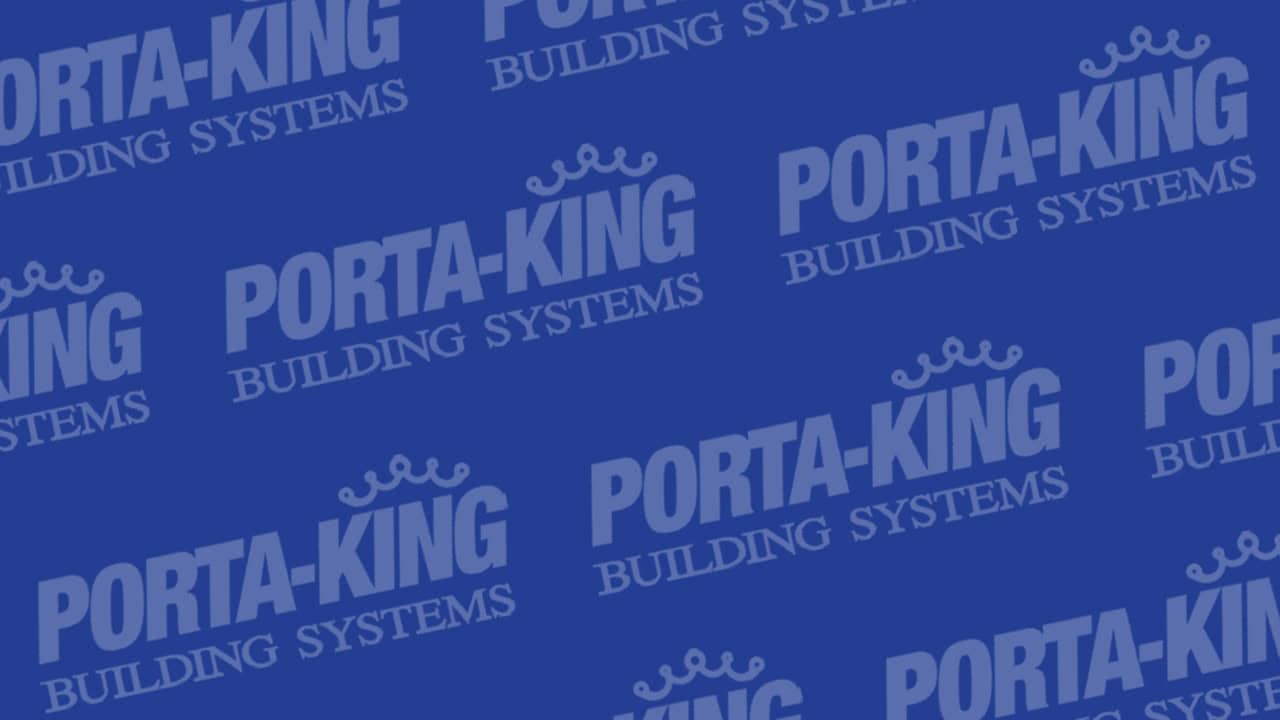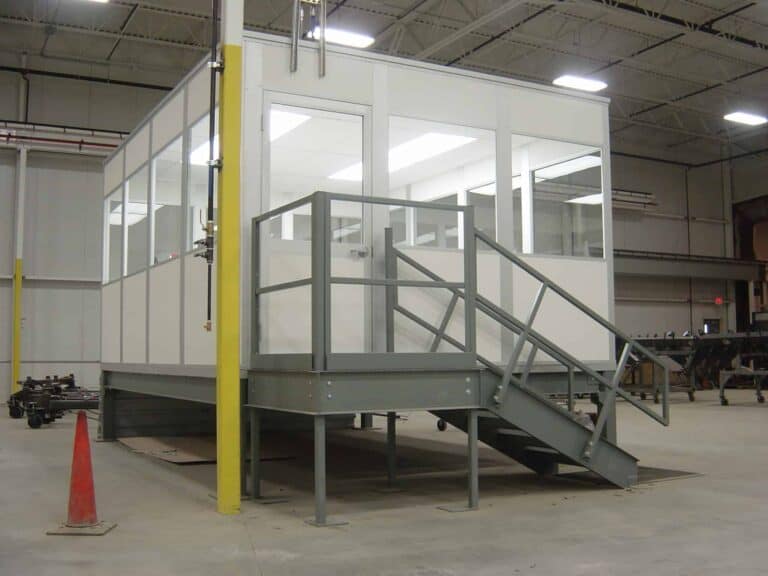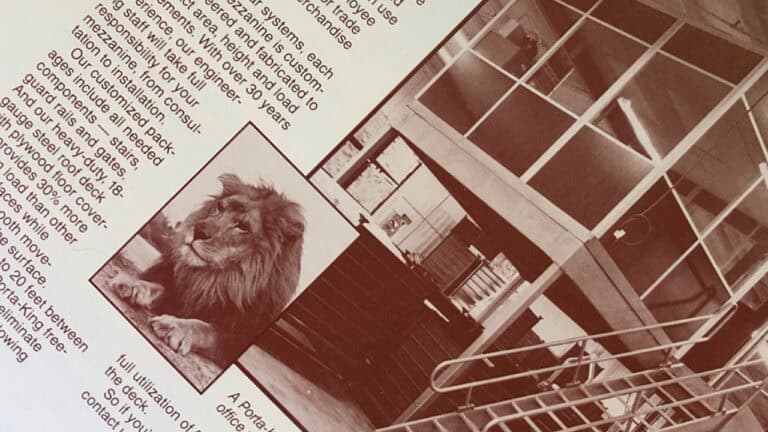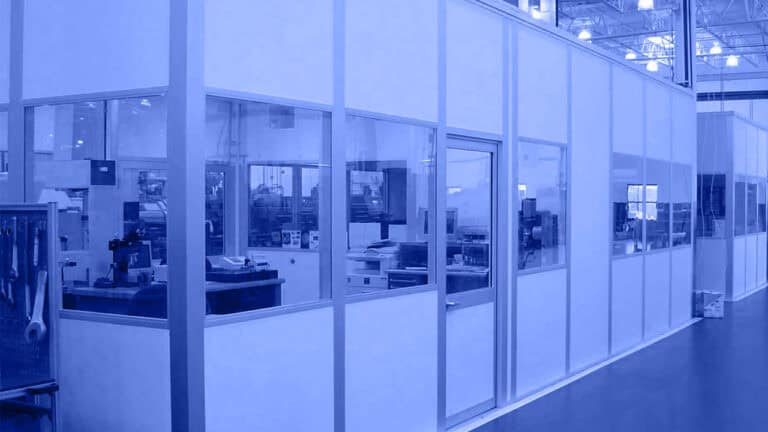If you live in an area that experiences heavy seismic activity such as California, you understand the need for safe and dependable structures in the event of an earthquake. However, you don’t need to break your bank account to afford seismic friendly structures. Modular in-plant offices and mezzanines are a permanent and economical way to keep your employees, equipment, and belongings safe during an earthquake.
Using Earthquake Engineering Practices in Design & Construction
Seismic resistant in-plant offices and mezzanines in California should use earthquake engineering’s best and most up-to-date practices to ensure maximum safety when tremors strike. This involves preventing structural and non-structural damage during various stages of seismic activity.
Structural vs. Non-Structural Damage
Structural components are anything that keeps the modular building standing by fighting gravity, weather, and other types of loads. Examples of structural components include:
- Vertical supports like columns or posts
- Horizontal supports like beams or trusses
- Load bearing walls
On the other hand, non-structural components do not contribute to supporting the modular structure. Therefore this category can include just about anything from plumbing to bookcases.
Believe it or not, earthquake engineering prevents damage to both these categories depending on its Richter Scale rating.
- Minor ground shaking (a magnitude of 3 – 3.9) should result in avoiding non-structural damage
- Moderate ground shaking (a magnitude of 4 – 5.9) should result in avoiding structural damage and minimizing non-structural damage
- Major ground shaking (a magnitude of 6 or higher) should result in avoiding collapse or serious damage overall.
Preventing Loss Caused by Lateral Loads
One of the most influential earthquake engineering techniques is a lateral load resisting system. A lateral load is anything that applies a horizontal force to a structure, such as a strong wind. All modular mezzanines and in-plant offices should be equipped to withstand wind, but it takes extra preparation to protect a structure against an earthquake’s lateral load.
Unlike wind, which issues a force in a single direction, earthquakes are more “complex, uncertain, and potentially more dangerous.” Some of the most effective seismic resistant mezzanines and in-plant offices are those built around lateral load resisting systems with rigid frames.
Making Connections That Last with Rigid Frames
The term “rigid frame” can be misleading because it implies a structure that is incapable of changing. Since earthquakes are the definition of a fast, drastic change, the word structures described as “rigid” may seem ill equipped to deal with them. However, “rigid” in this case describes the frame’s ability to maintain the structure’s original angles in the event of a lateral force, leading to more stable structures. Modular mezzanines and in-plant offices in California can use a rigid frame or “continuous frame” to absorb vibrations, allowing lateral loads to all but disappear.






